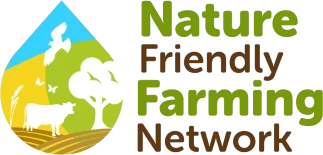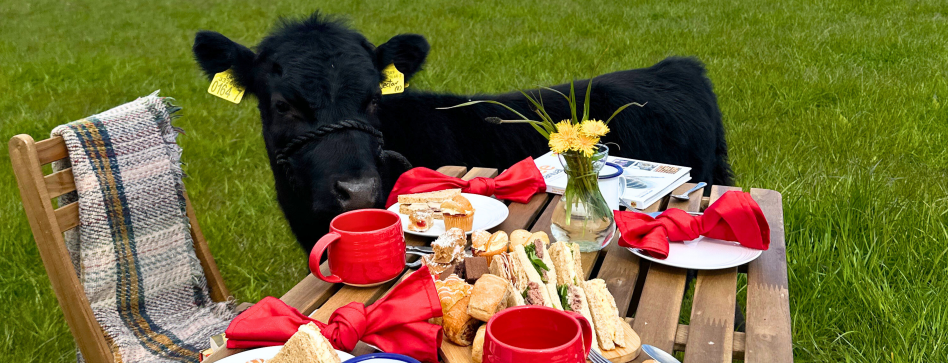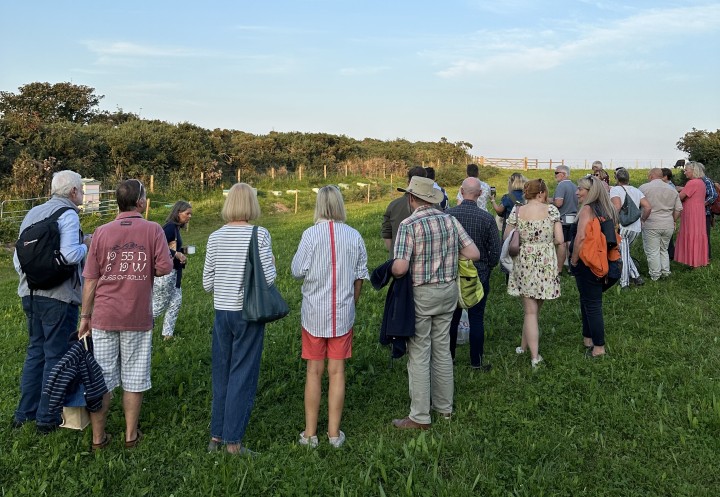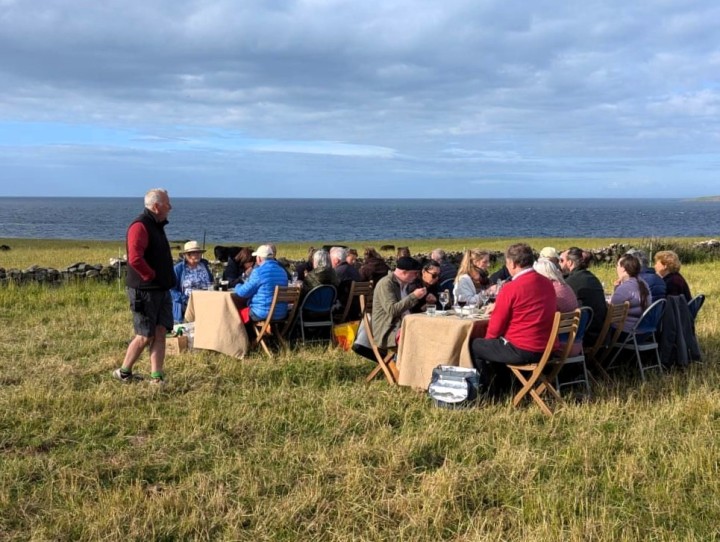As Nature Friendly Farming Week 2025 highlights how farms do far more than just grow food, NFFN Northern Ireland Steering Group Chair Stephen Alexander and his family reflect on what diversification means to their Ballyboley Dexters business.
We never set out to be where we are today. It began with a love for native breeds, particularly the hardy Dexter, and a tight budget to run the farm. Nature-friendly farming came naturally to us. It all started back in 2009 with just two pedigree Dexter heifers. Ballyboley Dexters began as part of a personal rehab project for Stephen, after he contracted a potentially deadly strain of bacterial meningitis while on holiday in Spain.
Since then, the herd has grown slowly and naturally to around 130 heads, mainly pedigree Dexters, with a handful of Belted and Black Galloways. We're still a small, family-run farm with land in two main areas: Greyabbey on the shores of Strangford Lough and Orlock on the East Coast. Over the years, Ballyboley Dexters has grown into something bigger than we had ever imagined - but always in ways that stay true to our values.
We’re proud to be a certified Pasture For Life farm and retailer – currently the only one in Northern Ireland. The certification fits perfectly with how we farm and what we stand for. It guarantees our calves are raised on nothing but their mother’s milk and a 100% pasture-fed diet thereafter, while meeting strict animal welfare and environmental standards. It’s slower, more seasonal farming – but it works for our animals, our land, and our customers. Certification gives people confidence in what they’re buying, and that matters.
We farm regeneratively – using no artificial fertilisers, pesticides or herbicides – and are working to restore permanent pasture across our land. One of our biggest projects has been transforming Orlock Farm, where we secured the first long-term tenancy with the National Trust in Northern Ireland. This former intensively managed arable site is now home to a thriving, biodiverse landscape. Insects, birds, and pollinators have returned in force. Bee and butterfly surveys have even recorded higher counts on the farm than along the nearby coastal path – and you can feel the difference when you walk the fields. Both areas provide grazing pasture and produce our preserved grass for winter feed. Nature is bouncing back.




